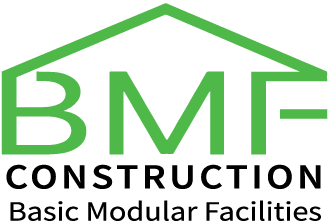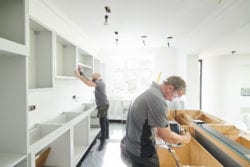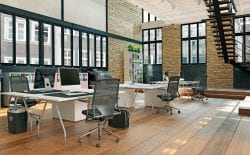How to Convert to Condominiums in San Francisco
How to convert to condominiums in San Francisco can start with the San Francisco DBI condominium application package. Converting to condos may include existing apartments, TIC and single family homes. Condo conversion can be a time consuming (and sometimes costly) process, but may be well worth the effort!
The process and documentation to convert to condominiums in San Francisco is lengthy. This blog will focus on a brief and limited overview of the DBI physical inspection requirements. It is always best to consult with an expert in condo conversion to facilitate the process. Typically, a good source would be a real estate attorney with specialization in San Francisco conversions.

In addition to the legal formwork , there are additional steps the Owner(s) will need to perform to convert to condominiums in San Francisco. The building set for condo conversion must meet Building Department requirements. These requirements may include code corrections, egress requirements and safety standards. This will be spelled out in a report issued to the owners by the Building Department (DBI), the “Physical Inspection Report”
Physical Inspection Report
The Physical Inspection Report typically consists of several sections:
1. Cover sheet
2. Areas of inspection
Common areas:
(halls, garage, stairways, lobbies, etc.) shared by multiple tenants.
Individual units: each unit for conversion will have a report including requirements in (3) subsections.
3. Subsections of Inspections
Building and Housing Inspection Report:
Address general building issues and reflects current code requirements and corrections. For instance, these may include safety issues, fire protection, egress, debris removal, stair systems/handrails and other code violations.
Electrical Inspection Report:
Code violations required in each unit and common area to be corrected.
Plumbing Inspection Report:
Plumbing and mechanical violations to be addressed in each unit and common area.
(There may be other trades and inspections involved in addition to the above).
Previous Non Permitted Work
All too often an Owner realizes that work on their building was performed without the benefit of permits and may not meet building codes (this seems to be quite common in San Francisco)!
There may be work that was performed in the past with no record on file with DBI (no permit). This work will need to be reviewed by a properly licensed Contractor(s) and corrected, if needed. Permits will need to be issued to include this work. In some cases, approved plans must be created to reflect the installations.
Licensed Contractor
The report will require that all work be permitted and performed by properly licensed Contractors. Also, work done by others without permit will need to be reviewed, corrected if needed, and inspected and signed off by DBI.
Two Costs of Physical Inspection Reports
There are typically at least two costs incurred to address the Inspection Report issues. First, are the corrections themselves. In addition to that, another component will be the costs to cover the numerous permits, inspections and processing needed to clear the report. Also, be sure to retain the services of a licensed and insured General Contractor who is familiar with the process and can efficiently handle the report requirements.
One of the first steps to convert to condominiums in San Francisco may be the issuance of the Physical Inspection Report. Take this report to your licensed Contractor to evaluate the costs to make corrections and begin the process of your conversion!


